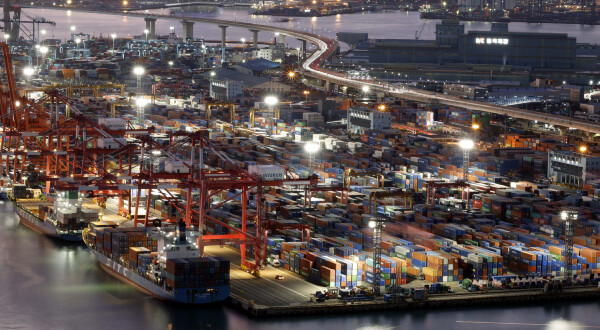
SEOUL – South Korea's exports saw a modest 0.8 percent increase year-on-year in the first 10 days of February, reaching $14.9 billion, according to data released Tuesday by the Korea Customs Service. This slight uptick comes despite a 6.4 percent decline in the daily average export volume, which officials attributed to the number of working days in the period (seven this year versus 6.5 last year).
While overall exports showed marginal growth, imports also edged up 0.3 percent to $17.1 billion, resulting in a $2.2 billion trade deficit for the first 10 days of the month. However, government officials remain optimistic about the overall trade picture for February.
"The trade deficit in early February is a temporary phenomenon caused by a concentration of imports at the beginning of the month," explained Cho Ik-no, an official from the Ministry of Trade, Industry and Energy. "For February as a whole, we expect exports to turn positive and (trade balance to) shift back to a surplus, driven by a strong semiconductor performance."
The semiconductor sector, a key driver of the South Korean economy, saw exports rise 1.8 percent to $2.8 billion in early February, signaling a potential rebound in the industry. Automobile exports also experienced significant growth, surging 27.1 percent to $1.4 billion. However, not all sectors fared well. Petroleum product exports plummeted 22.3 percent to $1.1 billion.
In terms of export destinations, shipments to China, South Korea's largest trading partner, increased 4.5 percent to $2.95 billion. Conversely, exports to the United States decreased 8.6 percent to $2.6 billion.
The early February figures follow a decline in January exports, the first in 16 months, largely attributed to the impact of the extended Lunar New Year holiday. The government is hopeful that the positive trend seen in early February, particularly in the semiconductor sector, will continue and contribute to a trade surplus for the month as a whole.
[Copyright (c) Global Economic Times. All Rights Reserved.]






























